Is Bamboo Fabric Really Eco-Friendly or Safe for Skin? I Thought So—Until I Looked Deeper
What if the "natural bamboo" in your sheets and clothes is actually a chemical-intensive synthetic with misleading marketing?
Most bamboo fabric is actually rayon produced with harsh chemicals—not natural bamboo. The FTC ruled that labeling it as "natural bamboo" is deceptive because these products undergo extensive chemical processing, and it lacks the skin-safe properties often claimed in marketing.
The Bamboo Fabric Illusion
When I began exploring (long before I started my own textile company) what fabrics are safest for human health and the planet, bamboo seemed like a dream: fast-growing, natural, and supposedly gentle on skin. But as I dug deeper, I realized that much of what's marketed as "natural bamboo" is—well—anything but natural. And also, bamboo is kind of cool, isn't it?
If you're searching is bamboo fabric really eco-friendly? or is bamboo safe for sensitive skin?, here's what I found—and why I now avoid it completely.

"Natural Bamboo" Isn't What You Think
Most so-called bamboo fabrics are actually rayon or viscose, made by breaking down bamboo pulp with harsh chemicals like carbon disulfide, sodium hydroxide, and sulfuric acid. The process is so far removed from anything natural that, legally, companies in the U.S. can't even call it "bamboo."
"Bamboo fabric production involves a chemical-intensive process that transforms hard bamboo wood into soft fabric through extensive processing with toxic substances—creating something that bears little resemblance to the original plant."
In fact, in 2010, the U.S. Federal Trade Commission (FTC) charged several major retailers—including Amazon, Walmart, and Target—with deceptive advertising for labeling rayon products as "bamboo." The FTC ruled that these products could not be marketed as 'natural bamboo' because they are actually rayon and undergo extensive chemical processing, and that marketing rayon as "bamboo" is misleading unless the manufacturing process is fully disclosed. And, believe me, the FTC usually doesn't weigh in on a lot of 'toxcic issues' so it is remarkably that they did here.
Skin Safe? Not Exactly
Bamboo rayon is often marketed as hypoallergenic or antibacterial—but those natural properties are destroyed during processing. Worse, some of the chemicals used can remain in the finished fabric.
What to Look For: Fabric Safety Signals
When shopping for skin-safe textiles, consider these factors:
- 🌿 Minimal processing with transparent manufacturing
- 🔬 Third-party certifications (GOTS, OEKO-TEX)
- 🧪 No harsh chemical treatments or finishes
- 🌱 Natural dyes from plant sources
In my search for the healthiest textiles for people with sensitive skin (like my own family), I learned that truly safe fabrics are those that are minimally processed, not ones created with a chemical cocktail. This eventually led my wife and me to create AIZOME, but this is a different story.
The Environmental Cost Is High
Making bamboo viscose is water- and chemical-intensive. Wastewater from production often leaks into local environments, damaging ecosystems and affecting communities. Only a small fraction of bamboo rayon manufacturers use closed-loop systems, and these are rarely found in low-cost bamboo textiles.
Watch: Michel, the AIZOME Founder, sharing his thoughts on bamboo fabric:
The Hidden Concerns with Bamboo Processing
"You basically have a low-cost, low-quality product that uses a lot of chemicals, leaches a lot of chemicals, and leaves chemicals behind when it's discarded."
What's Actually Better?
That question is what led me to co-create AIZOME. We use only organic cotton, dyed with plants, not synthetic chemicals, and our process creates no toxic wastewater. It's verified safe for even the most sensitive skin by medical-grade testing and global certifications.

If you're looking for fabrics that are genuinely safe for your skin and the environment, bamboo rayon just isn't it.
TL;DR — Is Bamboo Fabric a Scam?
Yes, in most cases. Bamboo fabric is often marketed as natural and eco-friendly—but the reality is:
- 🧪 It's chemically processed into rayon.
- 🌿 It no longer contains bamboo's natural properties.
- 🧴 It can irritate sensitive skin.
- 🌎 It has a serious environmental footprint.
- ⚖️ The U.S. FTC has ruled that calling it "natural bamboo" is deceptive.
I was bamboozled once too—but now I know better.

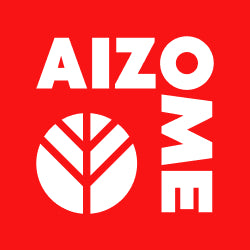
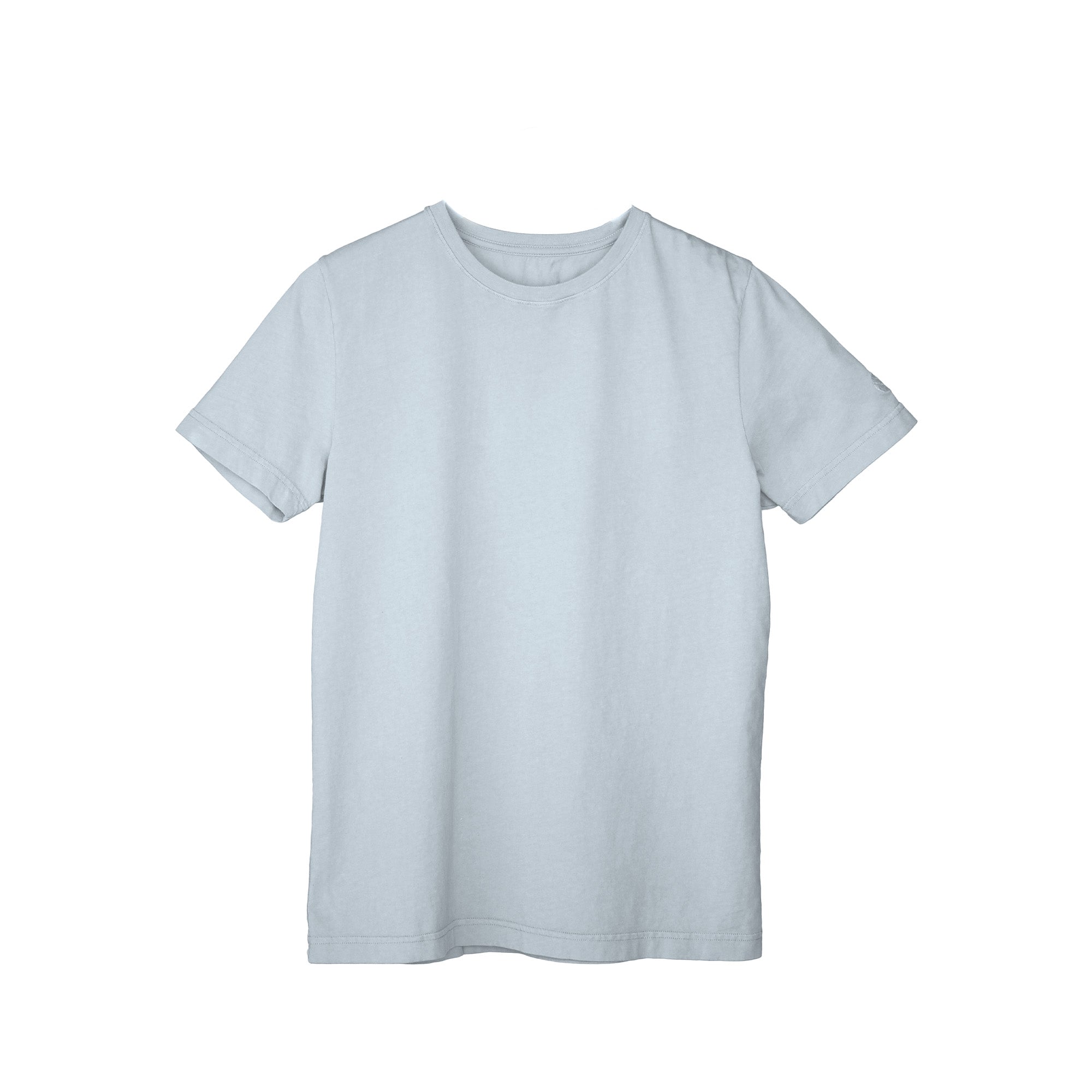

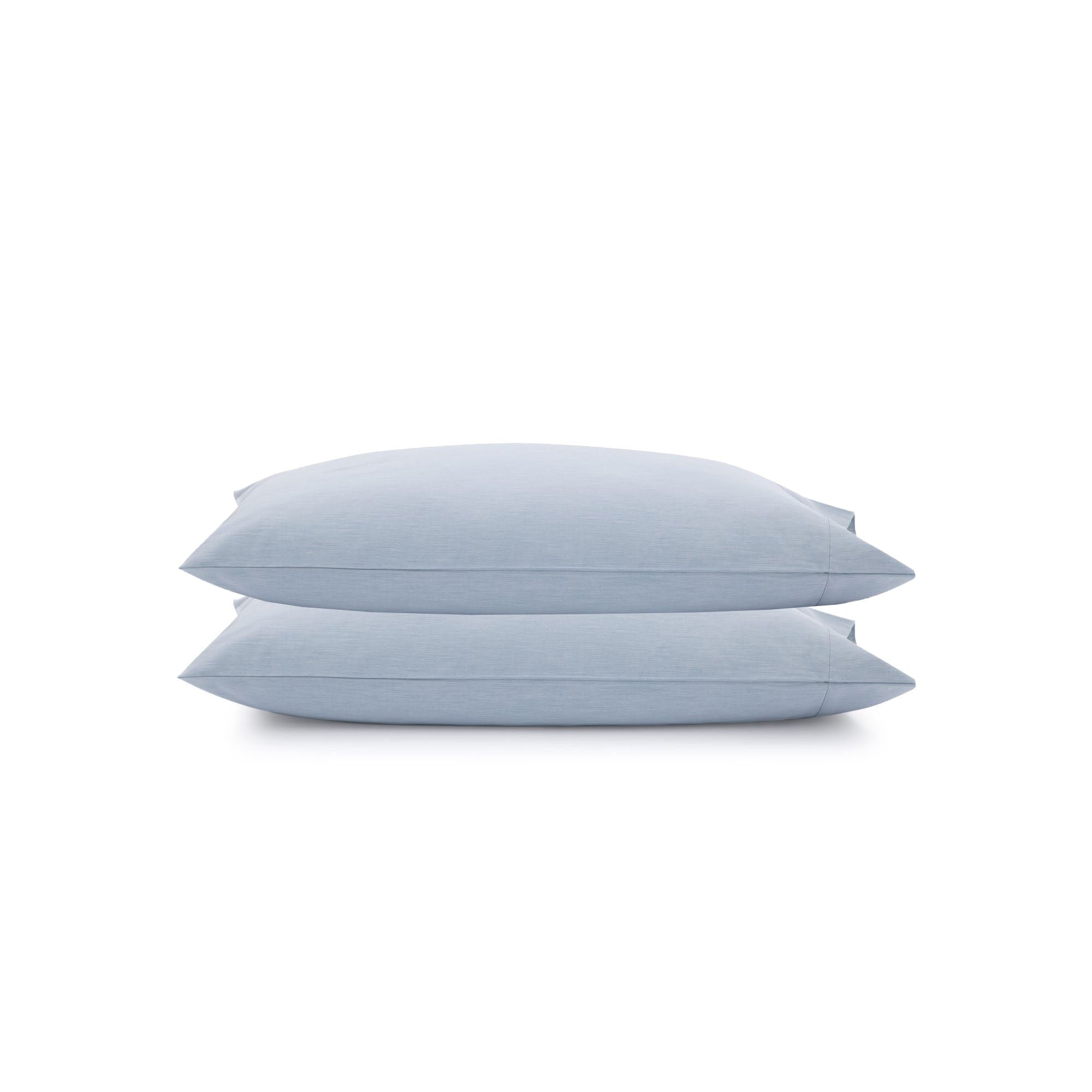
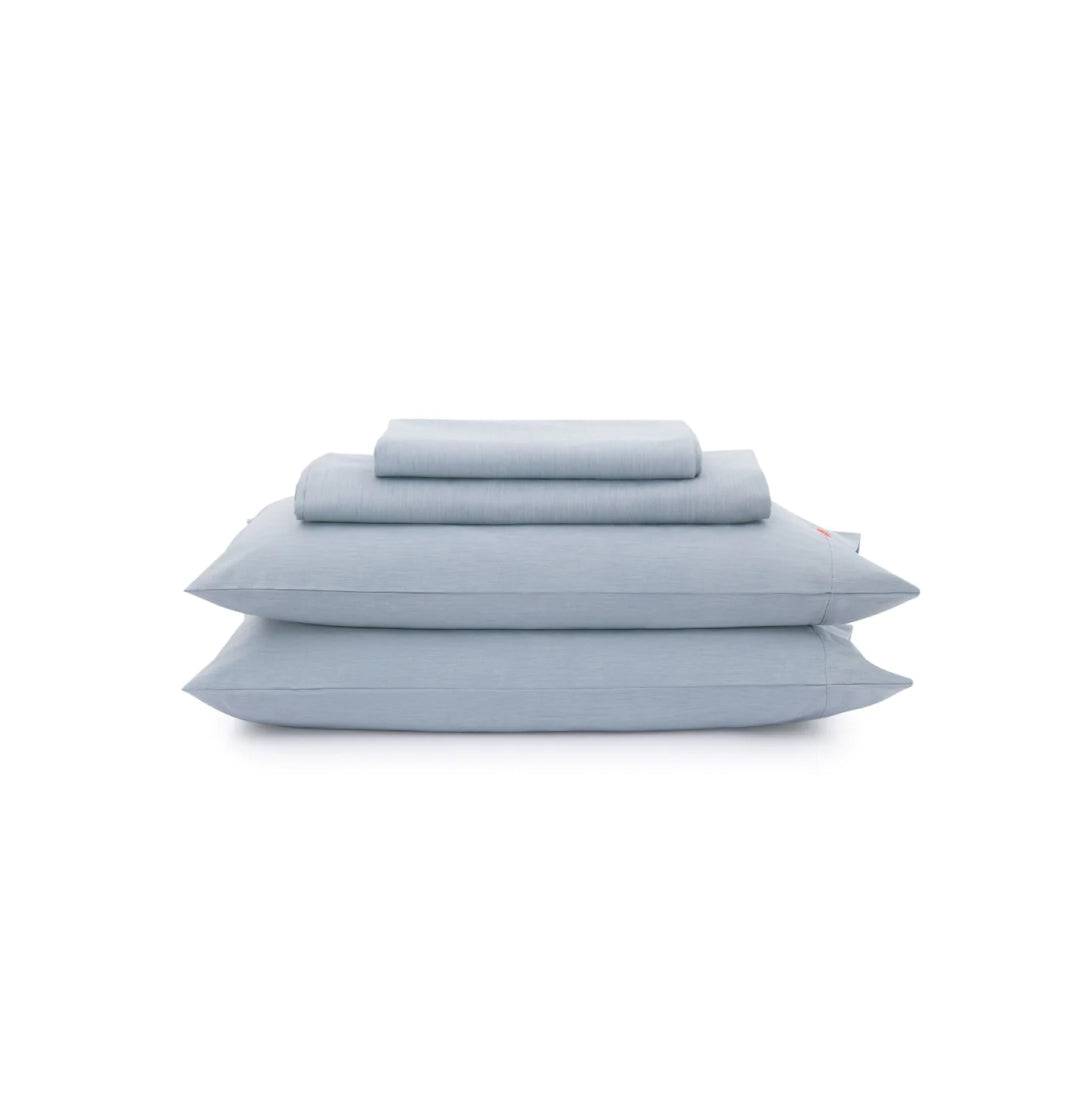
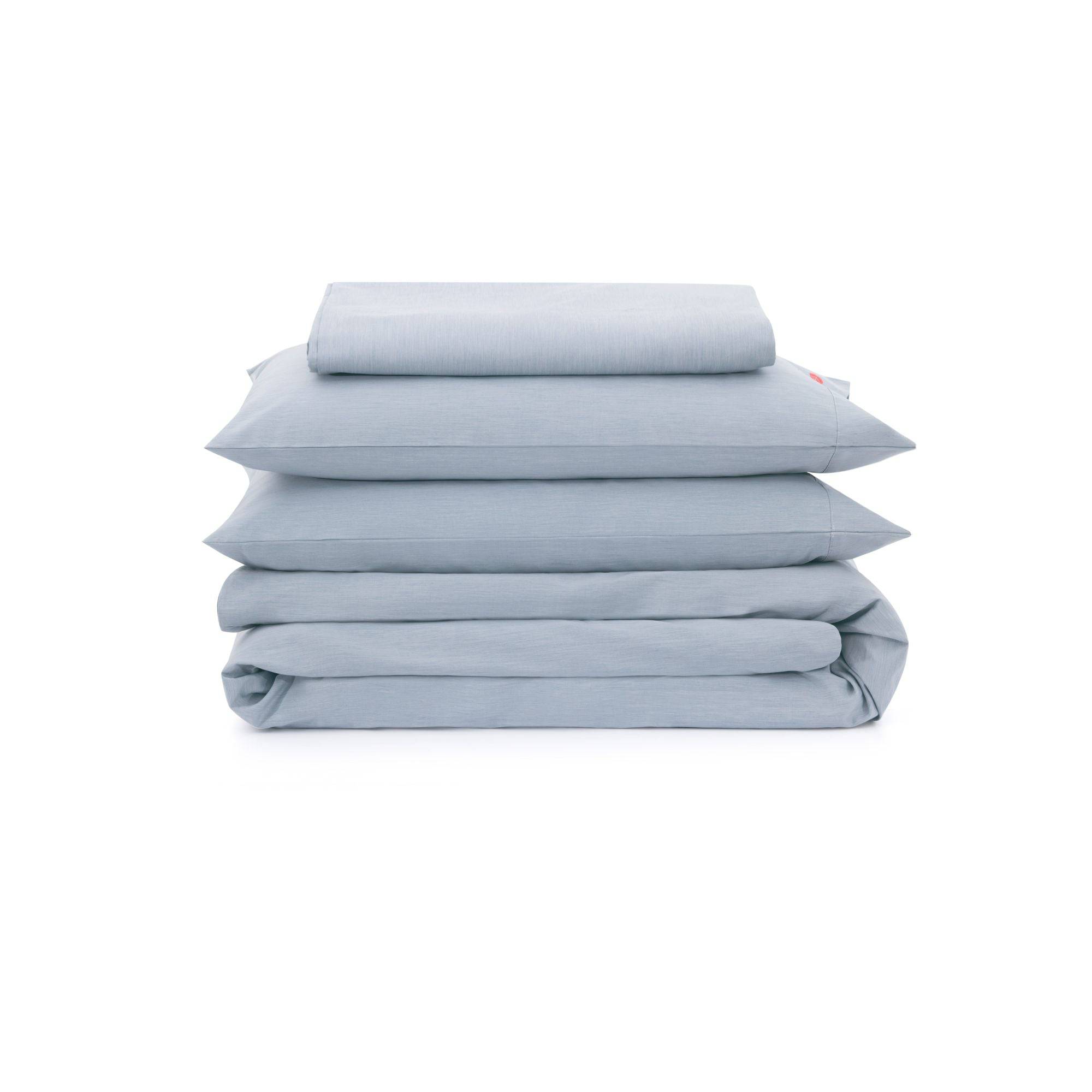
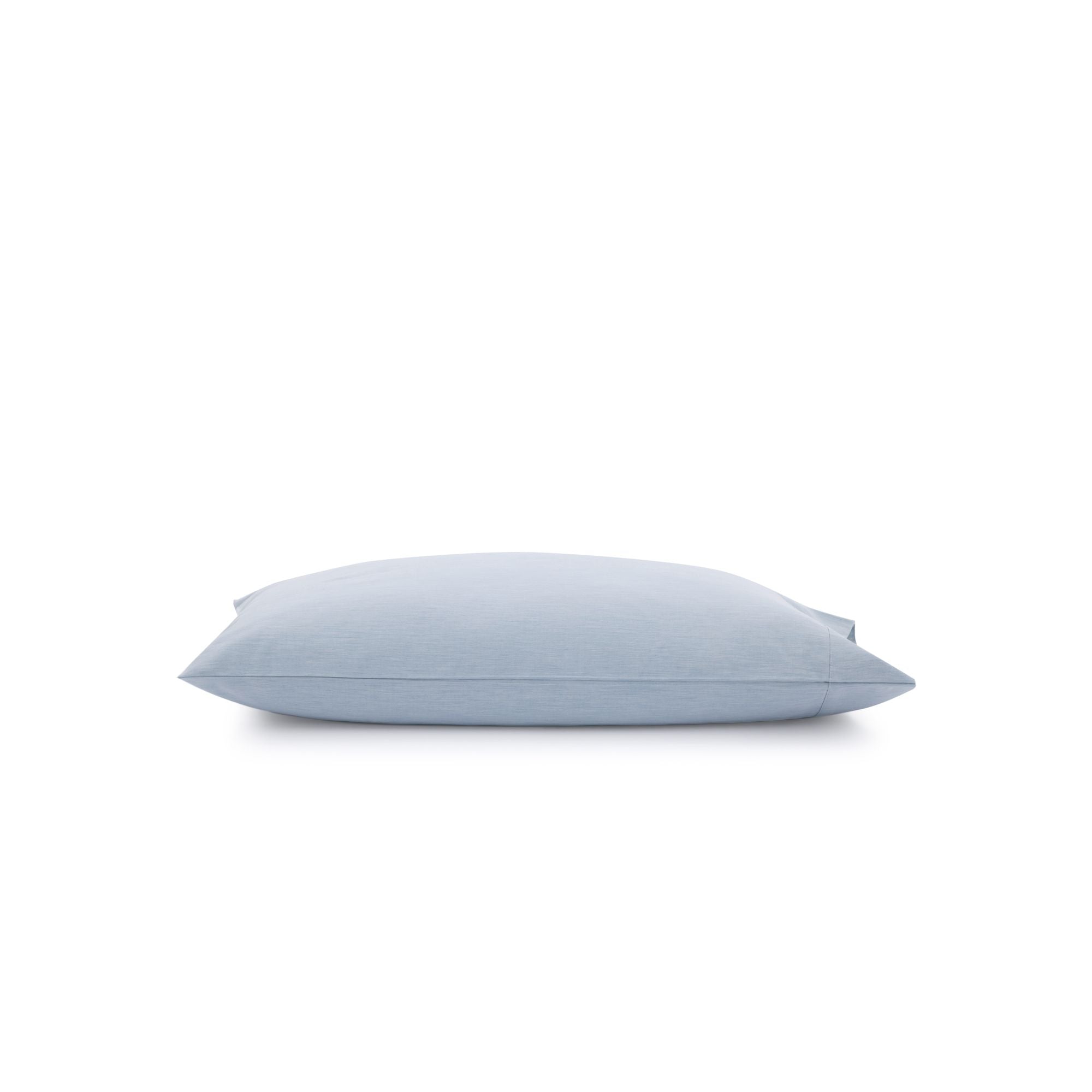
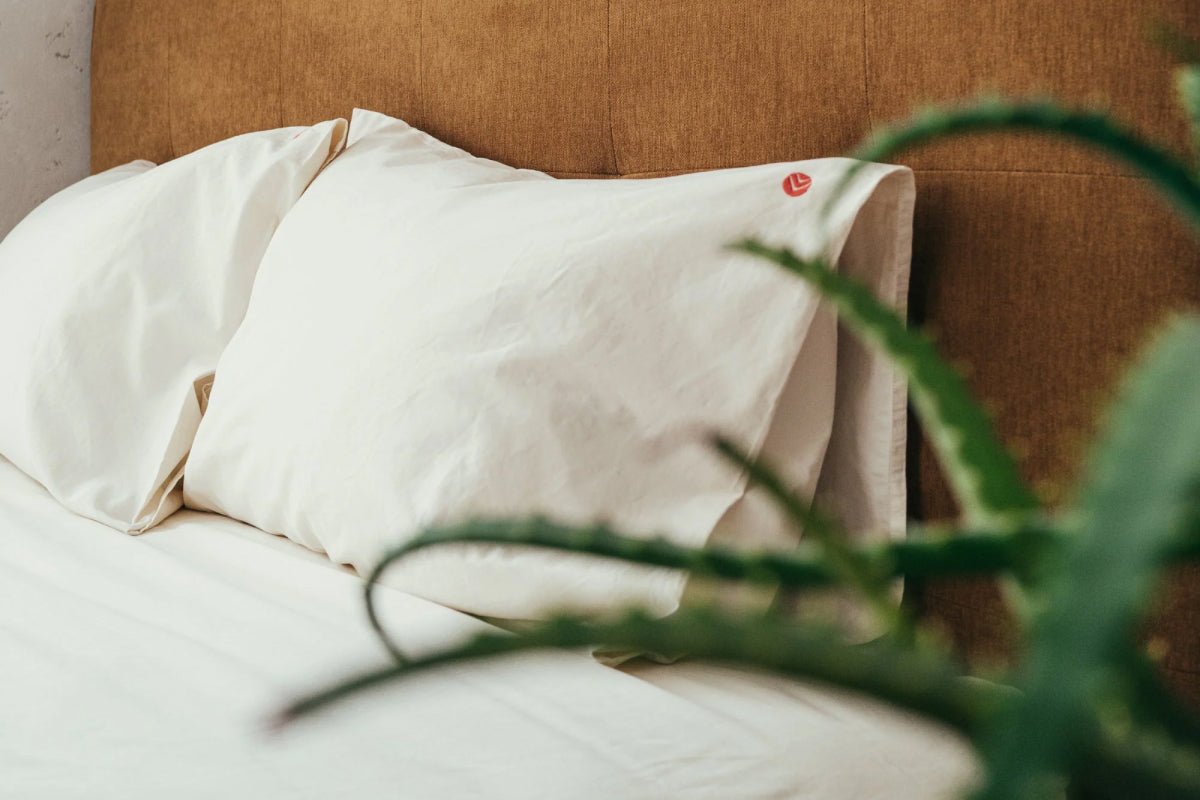 Bedding
Bedding
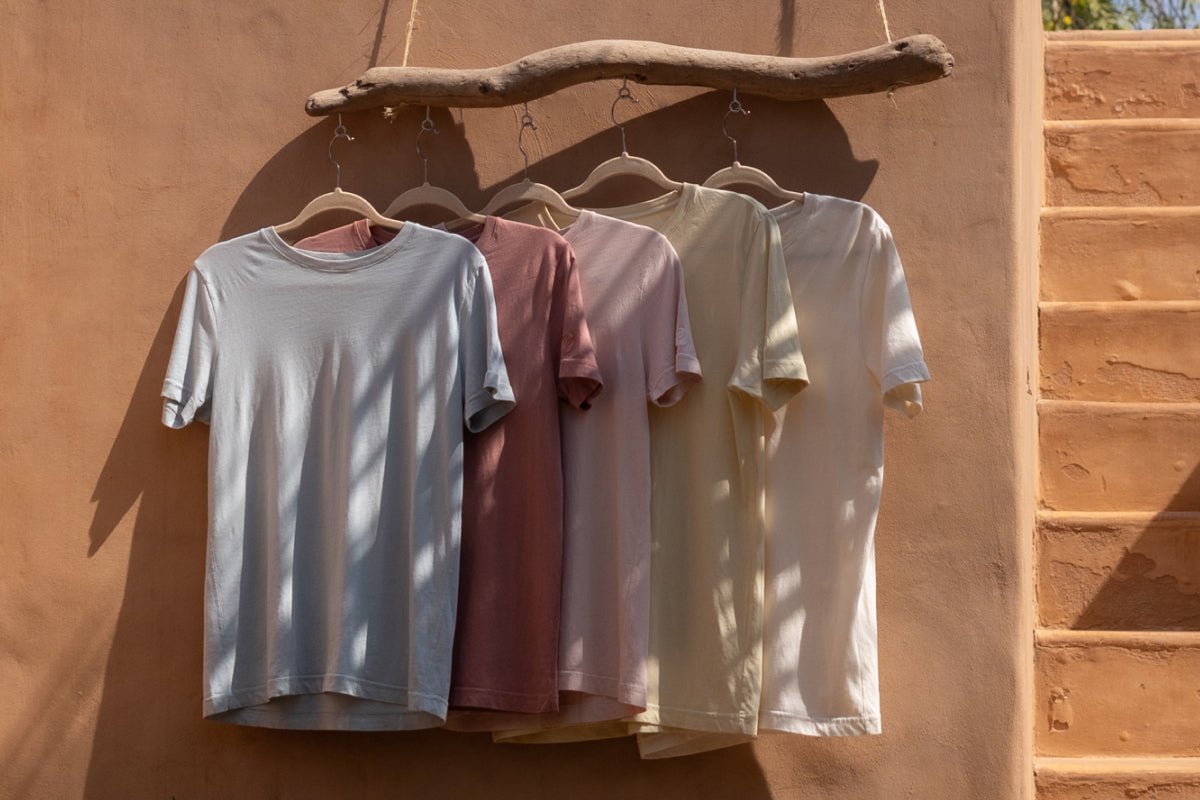 Clothing & Accessories
Clothing & Accessories
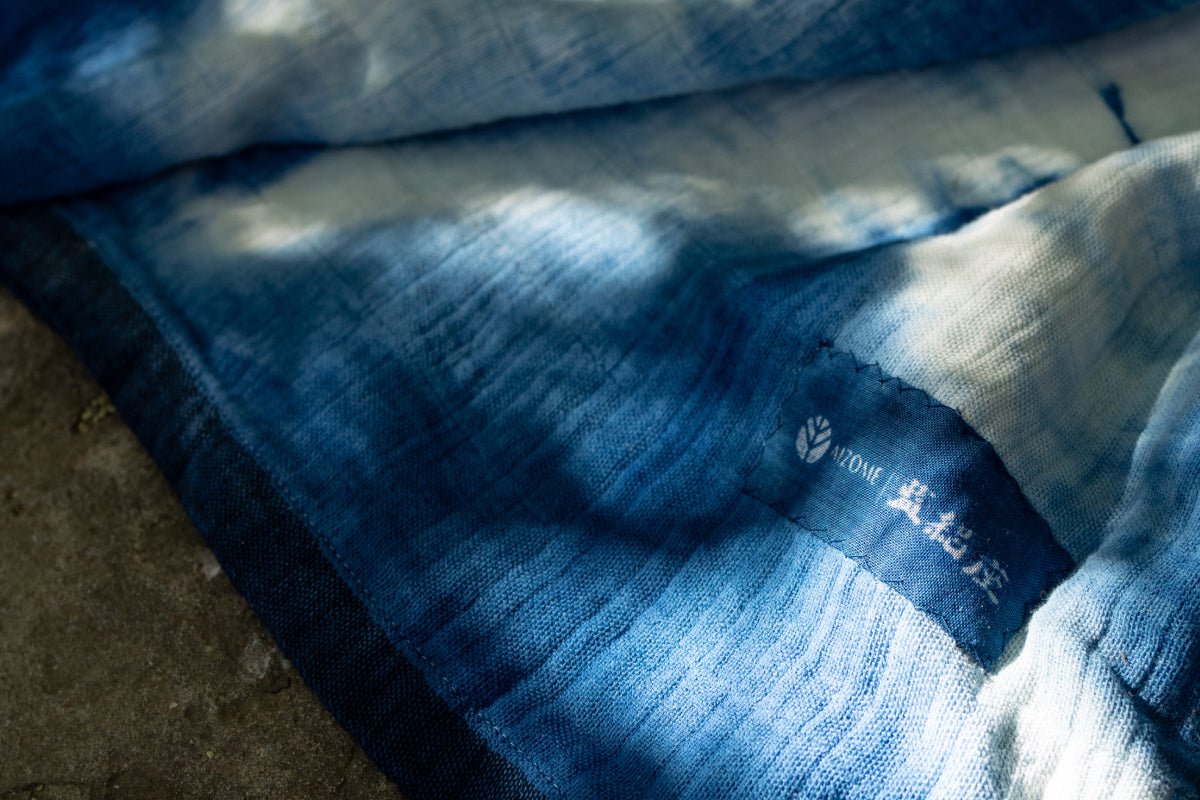 Artisan Line
Artisan Line
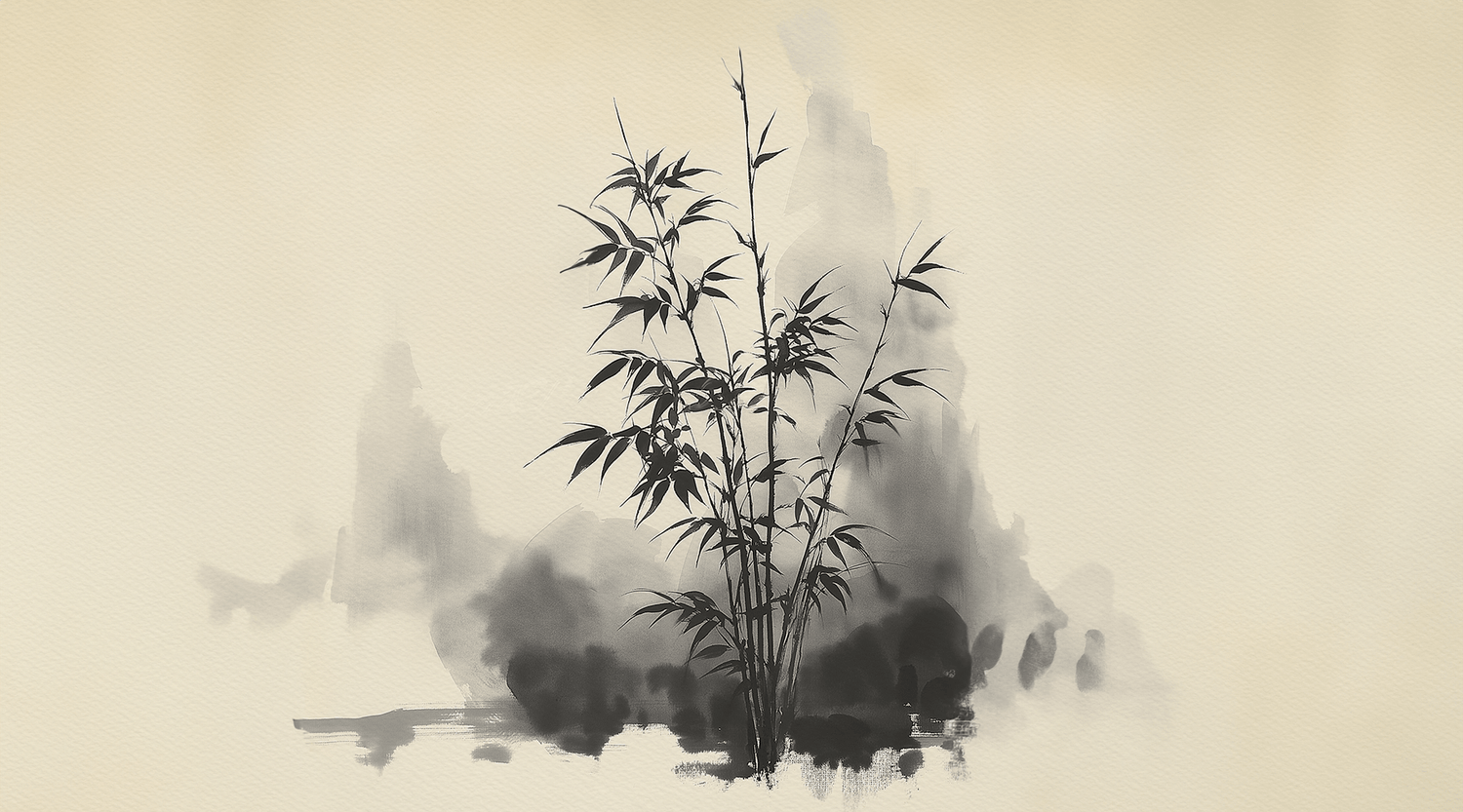
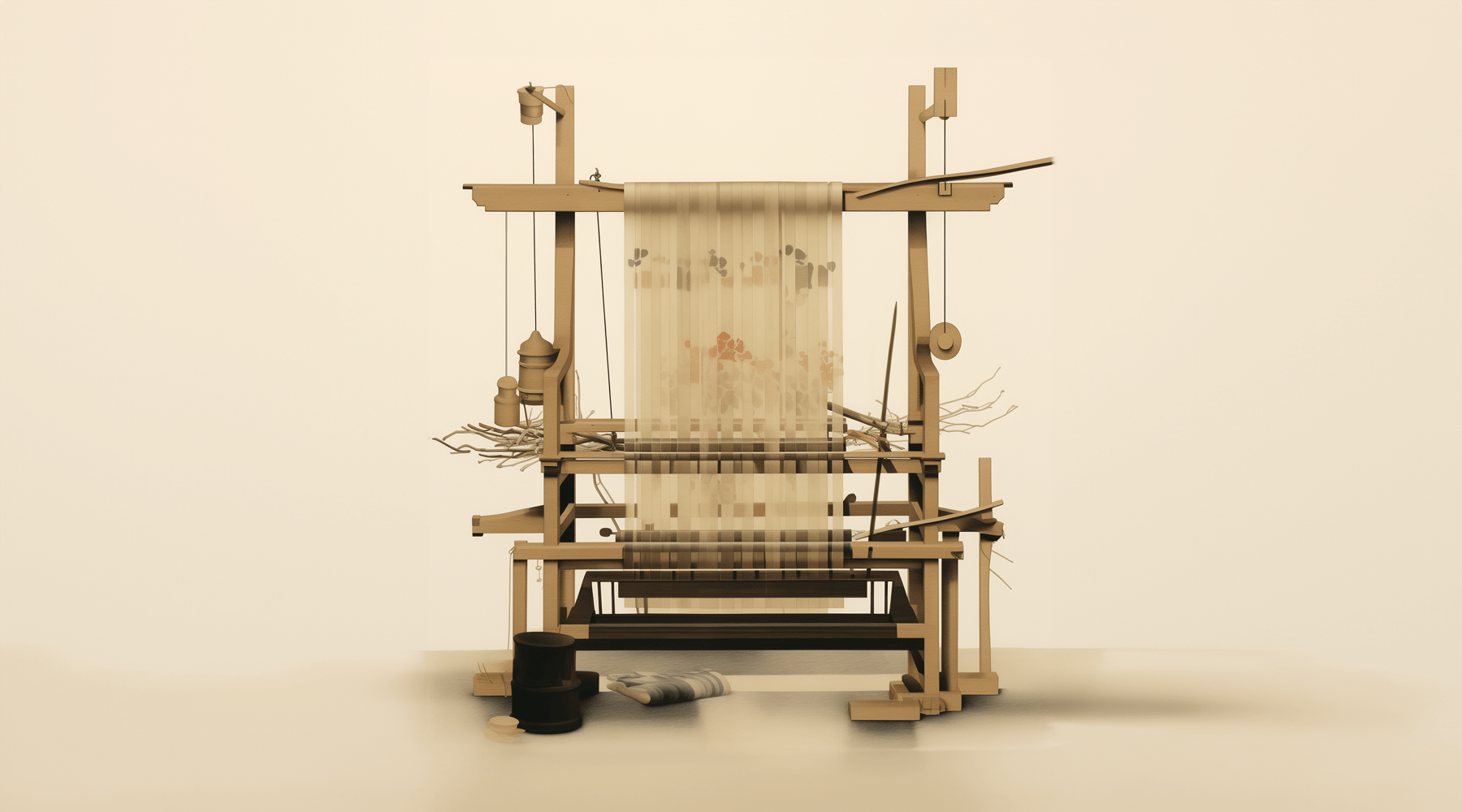

Leave a comment
All comments are moderated before being published.
This site is protected by hCaptcha and the hCaptcha Privacy Policy and Terms of Service apply.